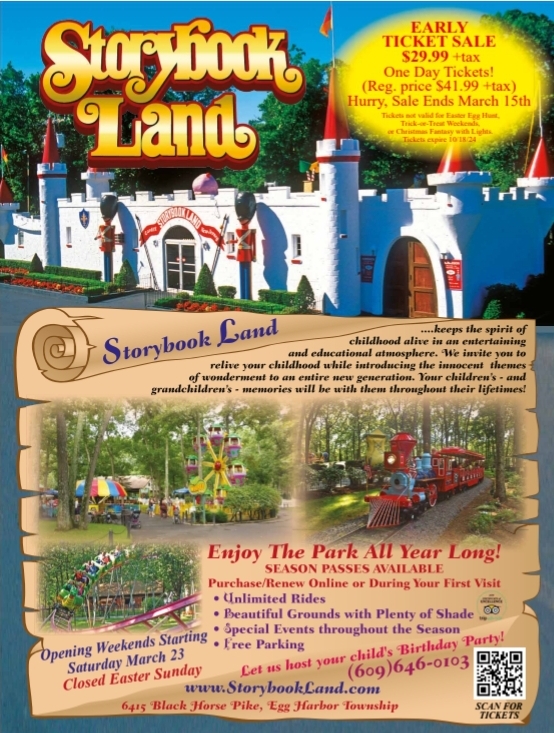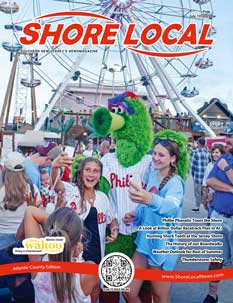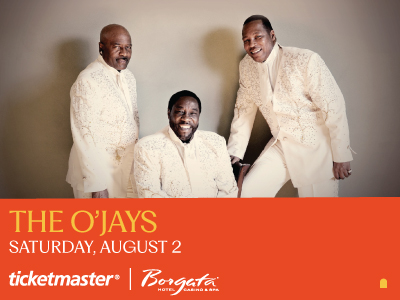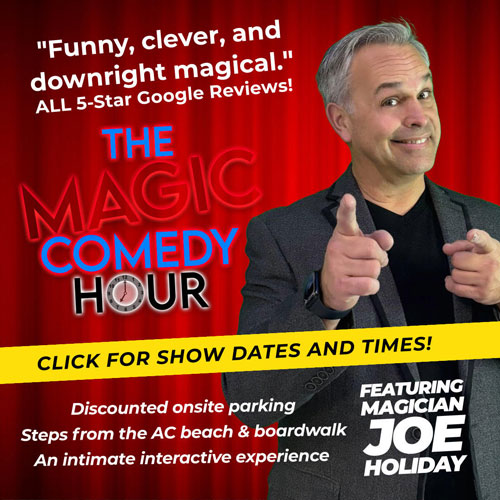By Heidi Clayton
It seems most people want to take their dogs to a dog park for socialization. They see it as a chance for their dog to meet other dogs and play. How much a dog can benefit or be ruined from this socialization depends on the individual dog. I say this with no malice, but many of the people I see taking their dogs to the dog park are fairly out of tune with dog body language and spend more time checking their phones than actually working on socializing their dogs. Just walking your dog in and taking the leash off to watch them run wild is not my idea of socialization.
Play between two dogs should look very much like they are chatting with each other and laying down the ground rules for their play date. Play bows are the equivalent of inviting the other to play. A game of chase or wrestling may ensue. However, at some point, one of the dogs may ask for a break, and you will notice a pause in the play. A good playmate will read that signal loud and clear, then back off, giving their buddy a chance to catch their breath. A bad playmate will not.
I watched a video of a client’s dog playing with a dog larger than she is. During play, she was flipped onto her back with the larger dog mouthing and biting at her throat. The smaller dog was growling and wiggling naturally in an effort to get away. When she did manage to get up, she took off in an all-out gallop around the park. Her run was uncontrolled and looked more like an effort to flee than a fun romp, which they assumed she was doing. What I saw was a small dog having the fear of God put into her by this schoolyard bully. The relationship of play was not based on a mutual exchange of sometimes the bigger dog getting chased and tackled and vice versa. This girl seemed in her owner’s eyes to be enjoying the running around and romping, but what I saw was a dog that didn’t know what else to do to avoid the pummeling.
A good playmate, who might be bigger than the other, will sometimes voluntarily roll over, allowing the smaller dog a victory. A bigger dog might also slow down when playing chase to make things fair. Some of the signs that your dog is not actually enjoying themselves while playing are if they frequently run to humans, even if it is not you, or if they run under a bench or behind a human.
To check if your dog is actually trying to get away from play, put them on their leash and head to leave. If they actively want to go, let them. If you think at any point your dog is not having fun, try not to panic. Certainly don’t yell. Calmly offer everyone a treat, or try and use your body to block any further play.
Dog park play can absolutely be innocent and fun for your dog. Just be sure that you are at all times tuned into your dog’s body language to ensure everyone’s safety.
If you have any questions, please feel free to email me at heidi@fouronthefloordogtraining.net.
Heidi Clayton started Four On the Floor Dog Training to provide positive, reward-based dog training in South Jersey. She breeds, trains and shows bull terriers under the SoraBully’s Bull Terriers kennel name. Email questions to heidi@fouronthefloordogtraining.net or learn more at https://fouronthefloordogtraining.net
















